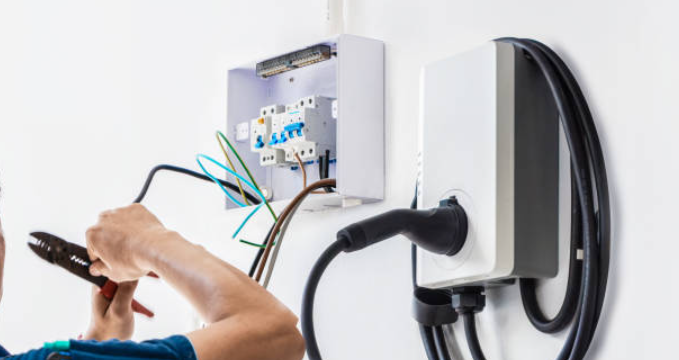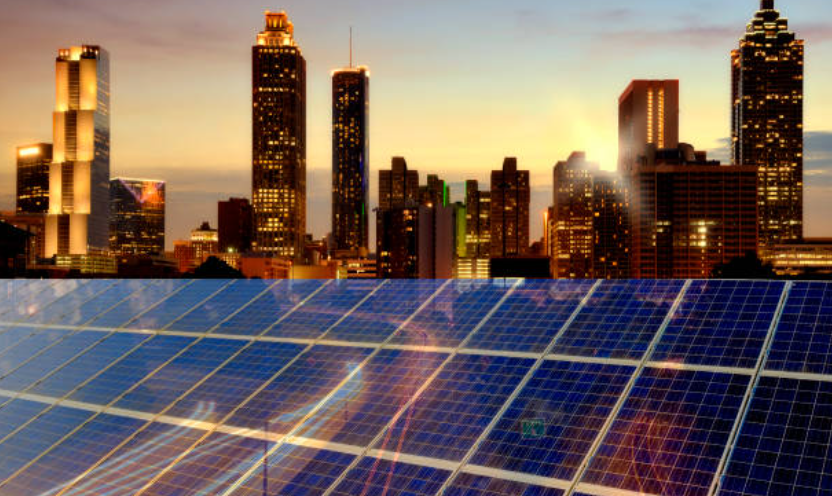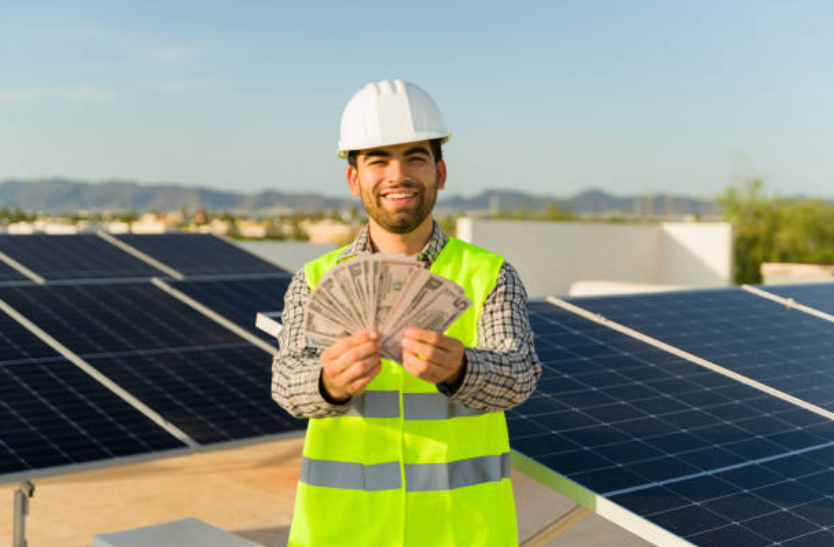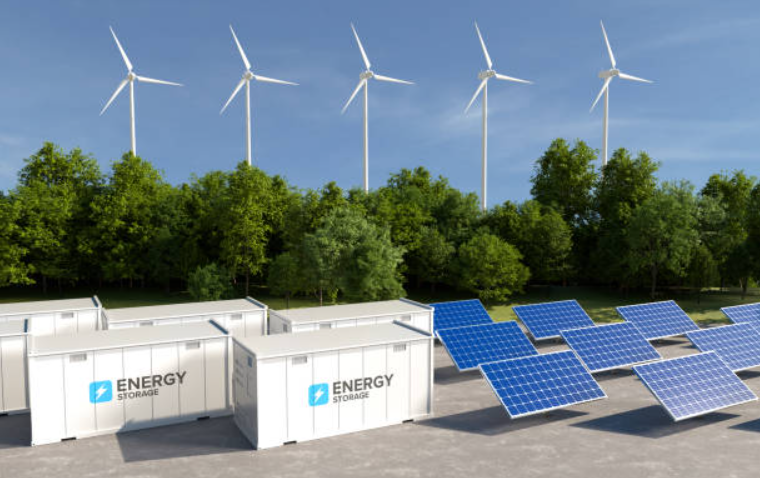What Uses Most Electricity at Home?
Electricity consumption is a concern for many households, both for environmental reasons and to save on energy bills. But what uses most electricity at home? Understanding which devices and activities consume the most energy can help you make smarter decisions about how to reduce your electricity usage and save money. In this article, we’ll explore the main culprits of electricity consumption and provide actionable tips to lower your energy costs.
Top Electricity Consumers in Your Home
1. Heating and Cooling Systems
Heating and cooling systems are often the largest energy consumers in a home. According to the U.S. Energy Information Administration (EIA), space heating and cooling account for nearly 50% of a home’s total energy use. This makes your HVAC system the biggest energy hog in your household.
Example: If you keep your air conditioner running all day during the summer, you’re likely seeing a significant spike in your energy bills. Adjusting the thermostat by just a few degrees can result in substantial savings.
2. Water Heaters
Water heating is another major energy expense, typically accounting for about 14-18% of your utility bill. Whether you’re taking a hot shower, washing dishes, or doing laundry, your water heater is constantly working to provide hot water.
Data Sample: A standard 50-gallon water heater can use up to 4,500 watts of electricity. Over time, this adds up, making water heaters one of the top energy consumers in the home.
3. Major Appliances
Major appliances such as refrigerators, washers, dryers, and dishwashers consume a significant portion of household electricity. Among these, refrigerators are the biggest energy users since they run continuously to keep your food fresh.
Example: A typical refrigerator consumes between 100 to 800 kWh per year. Energy-efficient models can reduce this consumption, so consider upgrading if your fridge is old.
4. Lighting
Lighting might not seem like a significant energy drain, but it can add up, especially if you still use incandescent bulbs. Switching to energy-efficient LED bulbs can significantly reduce your lighting costs.
Example: Replacing just five of your most frequently used light fixtures with ENERGY STAR-rated LEDs can save you $75 annually.
5. Electronics and Gadgets
Modern homes are filled with electronic devices, from TVs and computers to gaming consoles and smart home gadgets. These devices may not individually consume a lot of power, but collectively, they can contribute to higher electricity usage.
Data Sample: A plasma TV can use up to 500 watts per hour, whereas an LED TV of the same size might only use 100 watts per hour.
Tips to Reduce Energy Consumption
1. Upgrade to Energy-Efficient Appliances
One of the most effective ways to reduce your electricity consumption is to upgrade to energy-efficient appliances. Look for products with the ENERGY STAR label, which indicates that they meet specific energy efficiency guidelines.
2. Implement Smart Thermostat Settings
Smart thermostats allow you to control your heating and cooling systems more efficiently. By programming your thermostat to lower the temperature when you’re asleep or away, you can reduce your energy consumption without sacrificing comfort.
3. Insulate Your Home
Proper insulation can significantly reduce the amount of energy needed to heat and cool your home. Ensure your attic, walls, and floors are adequately insulated to prevent heat loss in the winter and keep cool air inside during the summer.
4. Switch to Solar Energy
Consider investing in solar panels to generate your electricity. Solar energy is a clean, renewable source that can drastically reduce your electricity bills over time. Websites like SolarBuyBack.com offer programs to help homeowners offset their energy costs by selling excess solar power back to the grid.
Conclusion
Understanding what uses most electricity at home is the first step towards reducing your energy bills and minimizing your environmental impact. By focusing on the biggest energy consumers—heating and cooling systems, water heaters, major appliances, lighting, and electronics—you can implement effective strategies to lower your electricity usage. Whether it’s upgrading to energy-efficient appliances, insulating your home, or switching to solar power, these changes can lead to substantial savings.
For more information on how to save energy and reduce your electricity costs, visit SolarBuyBack.com.



